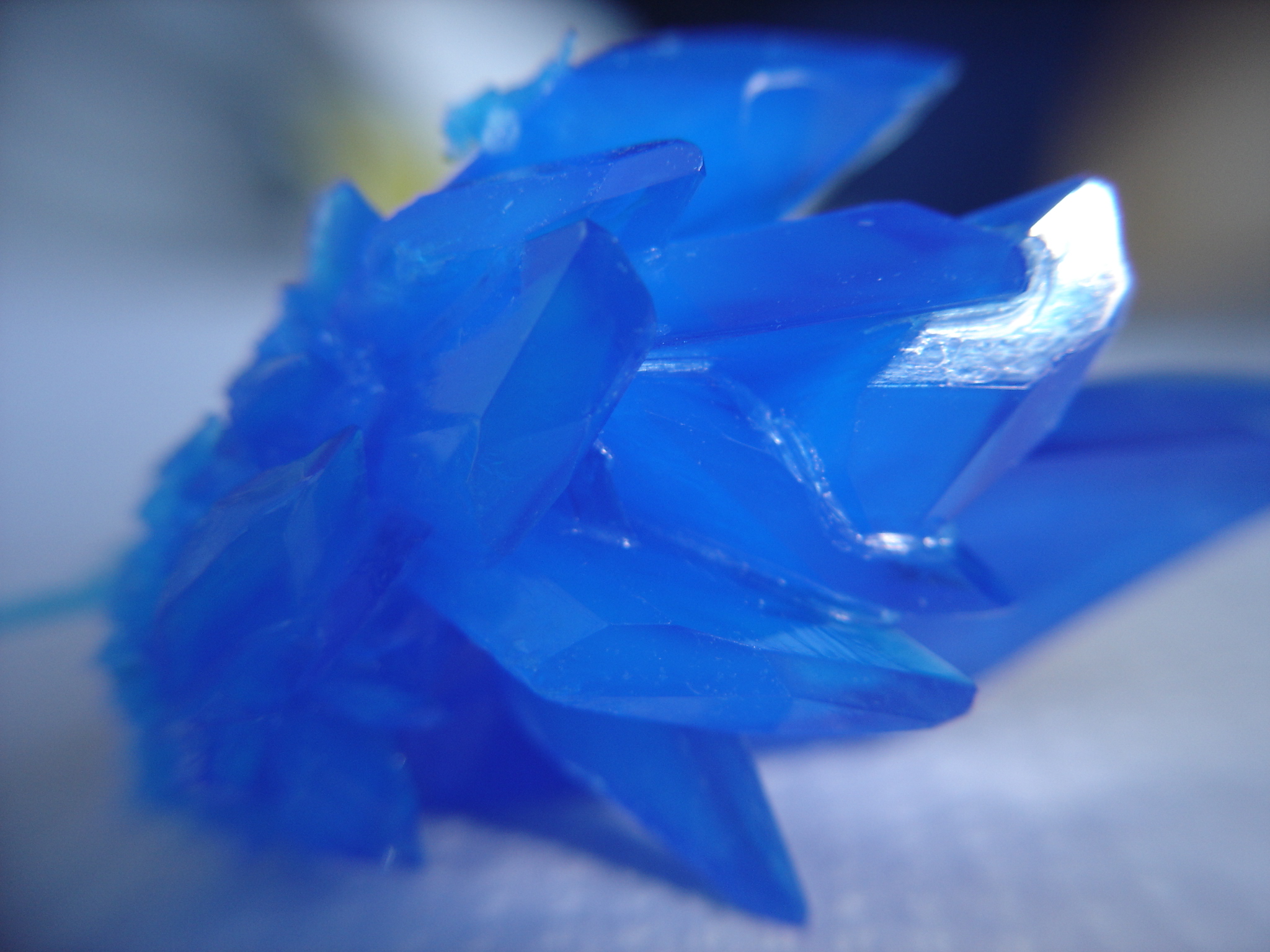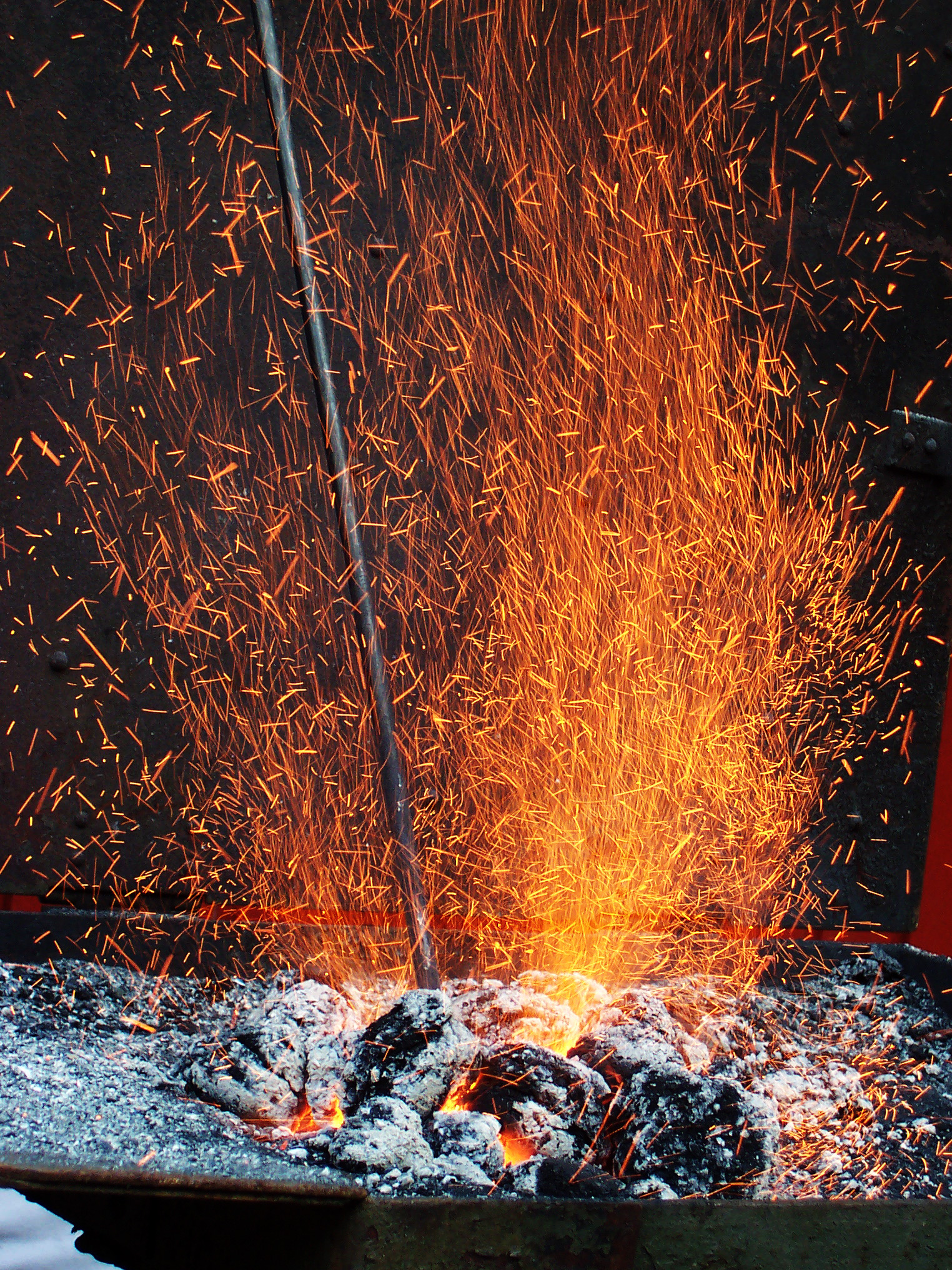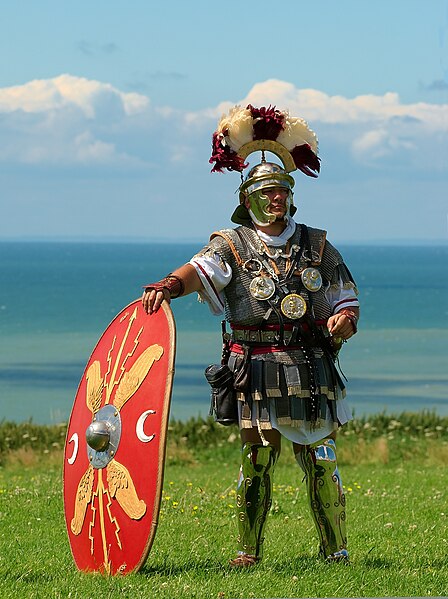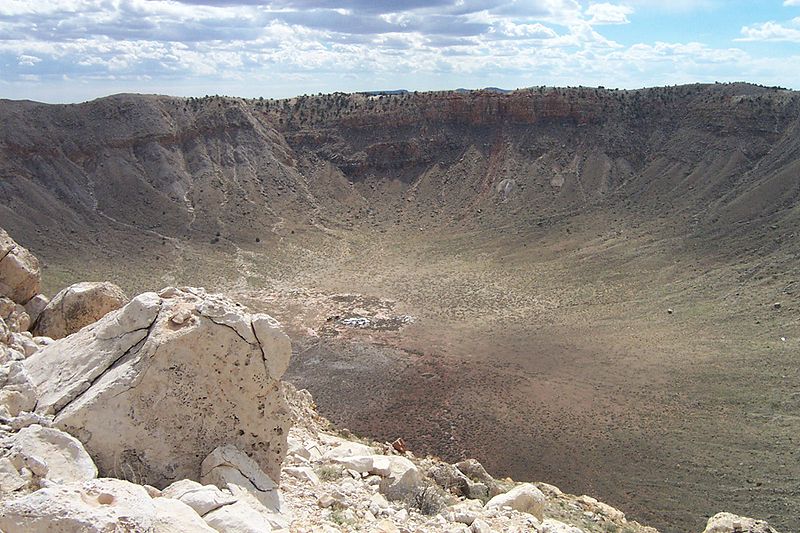As part of this blog, I've decided I need a full gaming table which I can use for play-testing and pictures. Until now, I haven't had a table at home, preferring to play at my FLGS or at someone's house. (See the zillions of battle reports I've been in at WWPD.) But I'm finding that writing a game is not simply a mathematical exercise, but involves testing actual forces against each other, in the full panoply of terrain, angle, and distance. So, off to get a table...
.jpg) |
| The Table So Far |
The Saga Begins...
My house has limited space, so I can't leave a gaming table completely set up. I need something I can pack up and put away. There are two ways you can do this -- I can get a folding table of some sort, or I can get a piece of plywood or foam that will fit over an existing table. My house has a big dining room table, about 3.5ft x 8ft, and a small 48" diameter round table downstairs. I messed around with various extensions, such as left-over giant 4' x8' campaign road signs. (In case you want to know they work okay on the big table but are too floppy for the round one.) Keeping an extension on the dining room table is inconvenient, though, as my wife and I actually eat on the damn thing.
So I went to Home Despot, looking for a plywood or foam 4x6' piece I could set up on sawhorses in the basement.While there though, I found fold-up plastic tables that were 2' x 6' or so, for 40$ a pop. So I bought those instead. They are quite convenient, but maybe a bit short.
So now I have two potential surfaces, a 4x8' on the dining room, or a 4x6' downstairs.
4x6' is a standard table size, but I think it may be a bit small for the sort of games I want to run. Many 28mm games, like
Blackpowder/
Hail Ceasar/
Pike and Shotte, have begun to recommend and experiment with bigger table. So my 4x8' can give me a bit more space. I'd like to get a wider surface too, but I'm not sure how to fit it into the available space.
Desert or Field?
I've decided to go with a drop cloth for my table, rather than a flocked board. Mostly, this is for reasons of space and convenience
. (GW makes a really impressive multi-leveled sculpted plastic board, but I think it's just too elaborate for me.) Also, it gives me some flexibility. Most gaming mats are
green, the color of fields. A significant minority of games and setting use a desert tan surface. Since I'm toying with sci-fi, and Mars in particular, I think I'd rather have a desert one most of the time. But I'd like a green mat too, for fantasy, or NW Europe or the occasional game of FoW. If I want to get really wild, several companies offer custom maps in space black, Mars red, ocean blue, etc.
What Do You Want on That?
So, now that I have the tables, I need to collect some terrain. Unfortunately, here I really need to make some choices. All man-made structures require that I pick a scale. A building for
Flames of War is utterly compatible with one from
40k. Since this board is for my 28mm game, I will therefore first be collecting 28mm terrain. Since I'd like to do desert first, this also narrows my field of purchases.
I already had a few terrain pieces -- some GW craters and their fantasy manor set from a few years ago. The buildings are obviously not too great for sci-fi, so I'll put them aside to paint later. The fences that come with the set have rock walls, which I think I can use, so I cut them out of the sprues. The craters look good, so I buy a second set.
Then I get some spray paint -- the FLGS is low on colors. My choices are bone or flesh. Pink craters would look like a table covered in assholes, I think. So I buy the can of off-white and undercoat the craters and the fences. I give them both a simple paint-job. The most important element is a wash of water and brown/black ink. I slop this on the craters and they instantly look like earth. Yay! The fences don't look quite so good with this simple treatment, but I think they are acceptable.
Between the craters and the fences, I think I can cover about 30% of a table in low terrain. This does not block line of site, though, and so I think will result in a dull, homogenous surface. So I need some bigger pieces too.
I really like the
Battlefield in a Box terrain from Galeforce 9/Battlefront. I've used a lot of their 15mm stuff for
Flames of War, and the FLGS has two of their Gothic building corners. They have just come out with some southwest mesa bluffs that look interesting. Other people think so too, since they seem to be sold out everywhere. So I turn my attention to buildings.
Destroyed Gothic buildings are a staple of sci-fi wargaming, because they are such a big part of the 40k universe, and everyone and their dog plays 40k. Me, I'm looking for a slightly different feel. I 'd like to avoid official GW terrain as much as I can, since it incorporates so many iconographic elements from their universe. My eye alights on the Hall of Heroes line from
Battlefield in a Box. These are ruined buildings, but they look more like conventional stone architecture and less industrial. They are also curved rather than square. I can see these standing forlornly on a windswept planet, scoured by the dust of ages, and waiting for the tripods or the mi-go or the Tharks to return. So I think I'll order a couple of these.
Conclusion
That's my first round of purchases. The tables are bought. The craters and fences are painted. I'm waiting on the mats and the other pieces. I'll post more on this side of the project as it develops.



















.jpg)





.jpg/335px-Wenceslas_Hollar_-_The_bowing_gentleman_(State_2).jpg)